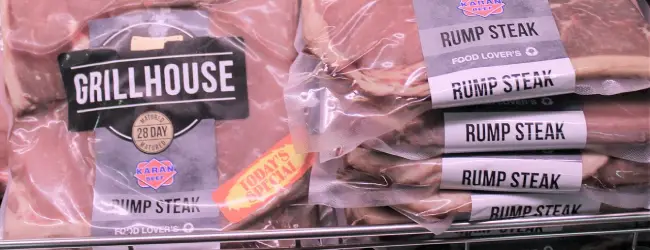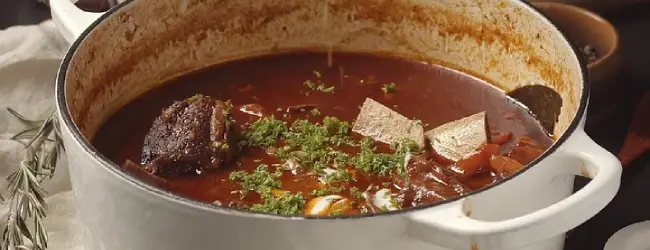Recently, I have been talking about how to reduce our food costs. So today, I’ll talk about my ways of thinking about judging values that I used recently. Sometimes there is a high value for us in something hard to handle for many people.
To reduce food costs
As I mentioned in an earlier post (this article), I recently bought meat. I usually buy a big chunk of meat at a shop for merchants and cut it myself. Then I freeze them in my large freezer and eat them in small portions. So I don’t buy meat at grocery stores.
That lifestyle saved a lot of money because it is cheaper to buy a large portion in many cases. Although we need the skills and storage to manage them, once we invest, it gives us a lot of savings for a long time. In areas where power is stable, it could be effective.

Two contrasting types of meat
By the way, when I bought meat this time, I found two contrasting products. They were both beef. But one was a bad part of a high-grade cow, the chuck (neck, hard-to-bite) meat of A5 Wagyu (excellent beef). And the other is the good part of the low-grade one, the rib eye (cow’s back, tender) of breeding cattle (not intended for meat). They were both affordable. And they were almost the same price.
At such a time, which one to buy? I wanted to buy one or the other.

Sometimes, we have such uncertain choices. Of course, it could be almost the same from a long perspective. But we want to choose more suitable things at any time.
So today, I’ll talk about which one I chose. This point of view might help us when we judge something.
Why I chose the bad part of high-grade beef
Finally, I chose the bad part of high-grade beef because that was more affordable for me.
Price contains many meanings—not only taste but also many other factors, such as status, ease of handling, looking, expiration period, or seller’s situation. Those two were both cheaper due to the seller’s situation.
And in this case, I thought that ease of handling for many people was one of the main factors in the price, especially for food. Sometimes, it could be twice or more expensive, although they have almost the same taste. For example, pre-cut vegetables are much more expensive than whole vegetables. But many people want them. It means that ease of handling is important for many people.

It also applies in the case of meat chunks. Not only pre-cut but also easy-to-cook parts tend to be more expensive. Assume this situation: you cut it roughly and add heat and seasoning with some vegetables. Then you can make a reasonably tasty dish effortlessly. Such a meat part becomes popular. So the price of easy-to-handle parts tends to be higher.
On the other hand, what I want for beef is good taste for the price. I don’t care about ease of handling so much. If I prefer ease of handling, I won’t buy a big chunk and will buy pre-cut meat in the grocery store like others.
A high value in something hard to handle
We can also judge value like that. The value for us and others could be different, even though they are the same price.
Sometimes there is more value in something hard to handle. They have weird characteristics and are not for many people. But we don’t care about it. At such a time, we can get deep value at a surprisingly low price.

In my case, A5 Wagyu beef tasted great. That was a different taste from the ordinary one, even though it was the hard-to-bite part. I can slice it thinly. And it fits the soups I usually eat. So I cannot stop being excited to enjoy this beef for a while.
Conclusion
So I think there could be a high value for us in something hard to handle for many people.
Price has many meanings. We can also choose such “not for everyone.” Sometimes, it gives us a lot of value if it suits our nature.
If we understand this point of view, we might be able to make more valuable decisions.
Thank you for reading this article. I hope to see you at the next one.


